Guides and Overviews
Learn about core web3 development concepts including Ethereum, layer 2s, testnets, blockchain developer tools and more!

What is ERC-4337?
WalletsJanuary 6, 2026

What is Maximum Extractable Value and MEV Protection?
BlockchainJanuary 5, 2026

What Is the Solana Virtual Machine (SVM) and How Does It Work?
SolanaDecember 18, 2025

The 6 Best Solidity IDEs for Developers (2026)
SolidityDecember 3, 2025

What Is a Blockchain Indexer?
InfraDecember 2, 2025

What Are DeFi AI Agents? A Developer’s Handbook
DeFiNovember 26, 2025

A Practical Guide to Permissioned vs. Permissionless Blockchains
InfraNovember 24, 2025

Solidity Gas Optimization: 12 Techniques to Make Your Smart Contracts Cheaper and More Efficient
SolidityNovember 19, 2025

12 Solidity Smart Contract Security Best Practices
SolidityNovember 13, 2025
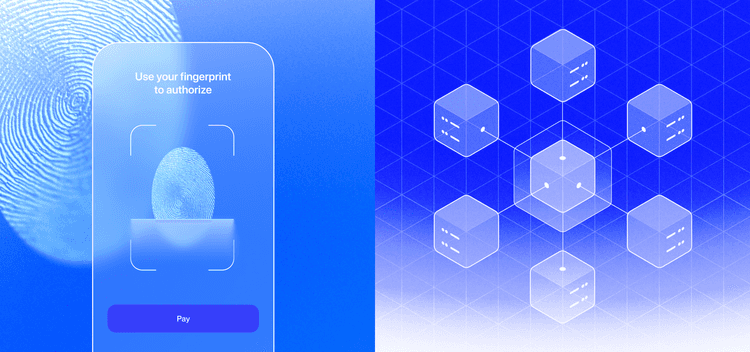
Guide for Non-Crypto Natives on Choosing Smart Wallet Infrastructure
WalletsNovember 12, 2025
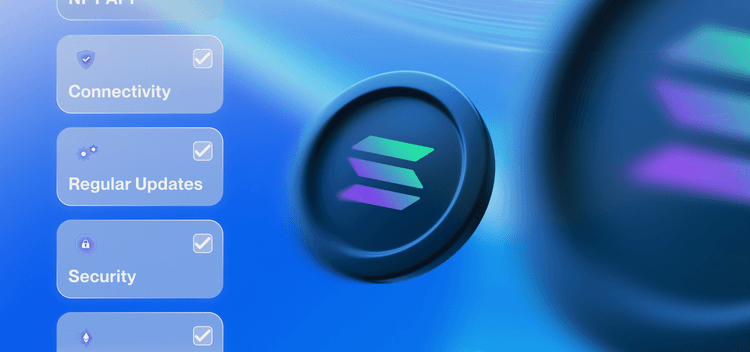
The 13 Best Solana Wallets (2025)
SolanaNovember 5, 2025

A Guide to Web3 Authentication
WalletsOctober 29, 2025

What Are Layer 2 Blockchains?
BlockchainOctober 7, 2025

Best Web3 Programming Languages in 2025
TechnicalSeptember 30, 2025
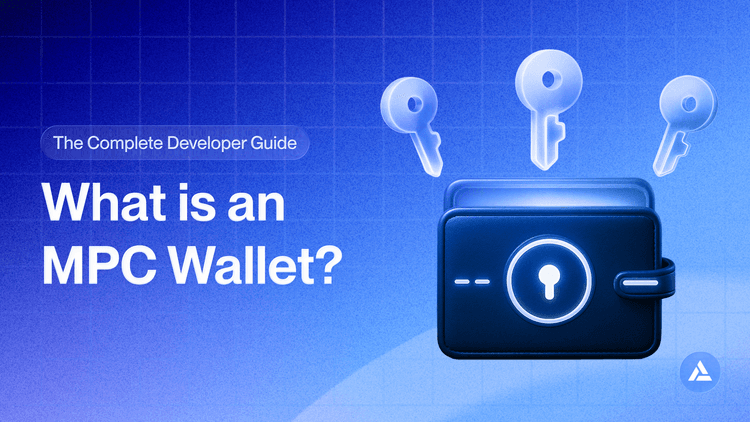
What Is a Multi-Party Computation (MPC) Wallet? The Complete Developer Guide
WalletsSeptember 25, 2025

Top 9 Solana RPC Node Providers (2025)
SolanaSeptember 24, 2025

Who Are the Top Blockchain Service Providers?
InfraSeptember 24, 2025
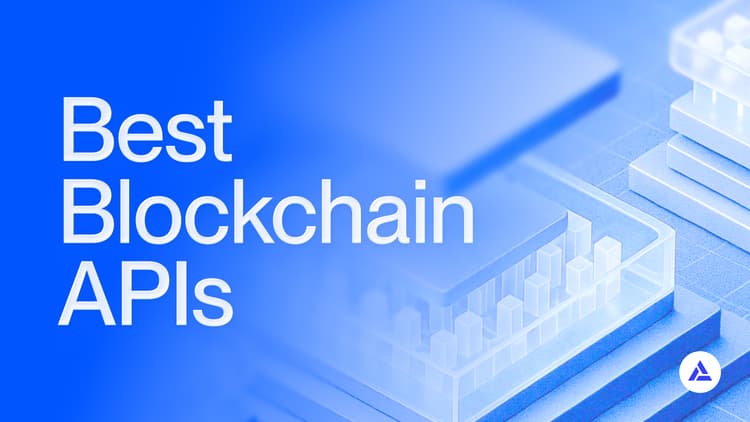
The Best Blockchain APIs for Building Onchain Applications in 2025
InfraSeptember 17, 2025

Alchemy vs. Quicknode: Web3 Node Provider Comparison in 2025
InfraSeptember 10, 2025
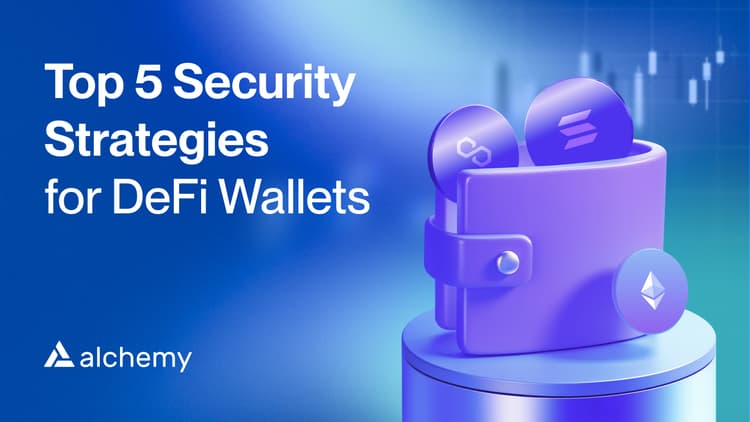
Top 5 Security Strategies for DeFi Wallets in 2025
DeFiSeptember 5, 2025
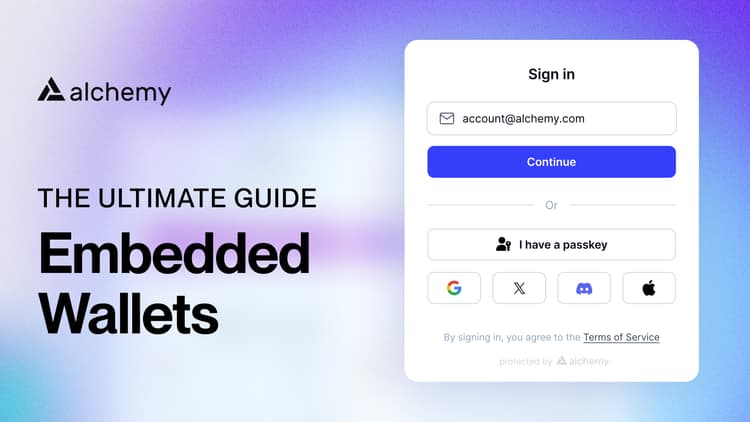
The Ultimate Guide to Embedded Wallets With Social Login
WalletsAugust 29, 2025
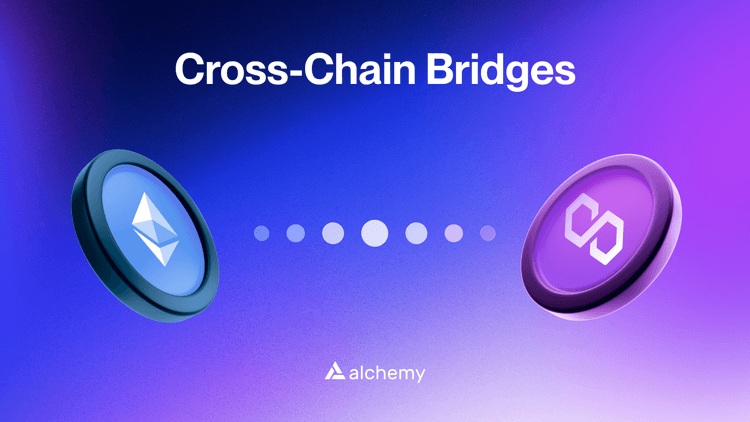
What Are Cross-Chain Bridges?
InfraAugust 18, 2025

ZK-Rollup Projects: A Complete Guide
RollupsMay 20, 2025

What is a ZK Rollup? A Complete Guide to Zero-Knowledge and Rollups-as-a-Service (RaaS)
RollupsMay 20, 2025
What builders read weekly
Get the latest insights, tutorials, and products powering top teams onchain.
Sign up for our newsletter
Get the latest product updates and resources from Alchemy
A
O
D
+
By entering your email address, you agree to receive our marketing communications and product updates. You acknowledge that Alchemy processes the information we receive in accordance with our Privacy Notice. You can unsubscribe anytime.

Build blockchain magic
Alchemy combines the most powerful web3 developer products and tools with resources, community and legendary support.
Get your API key
